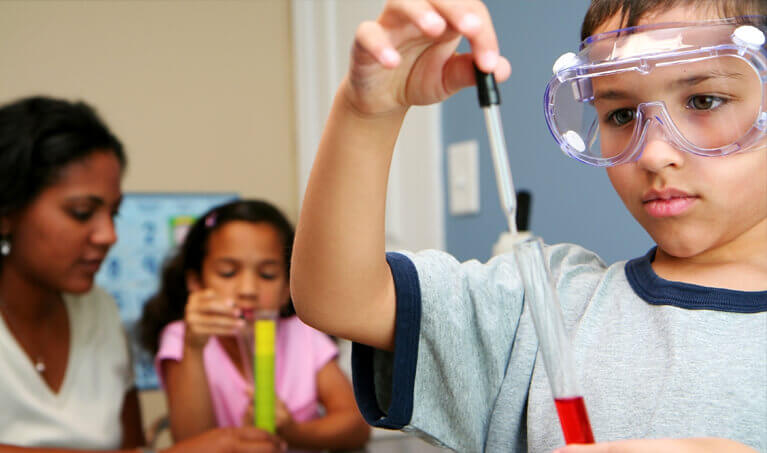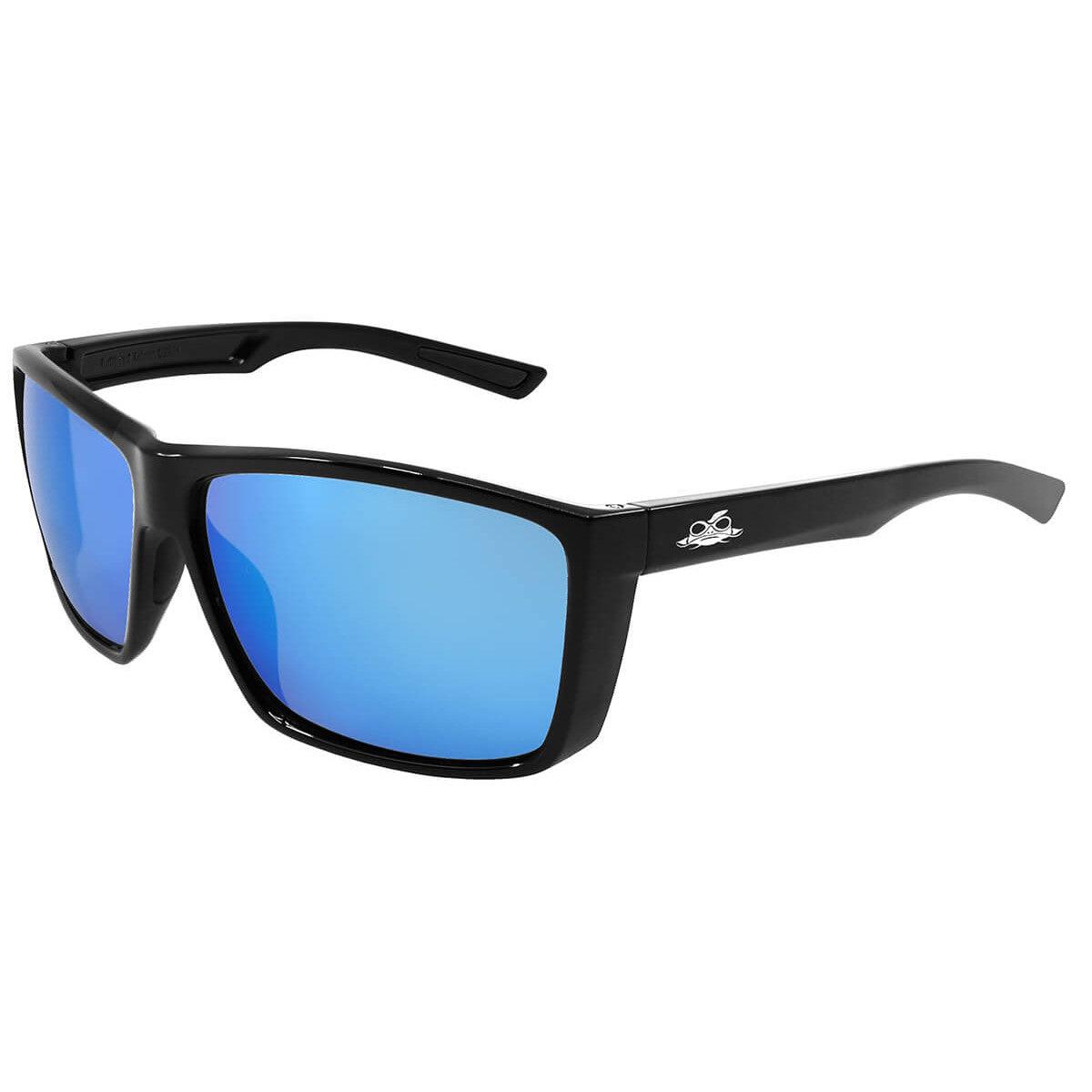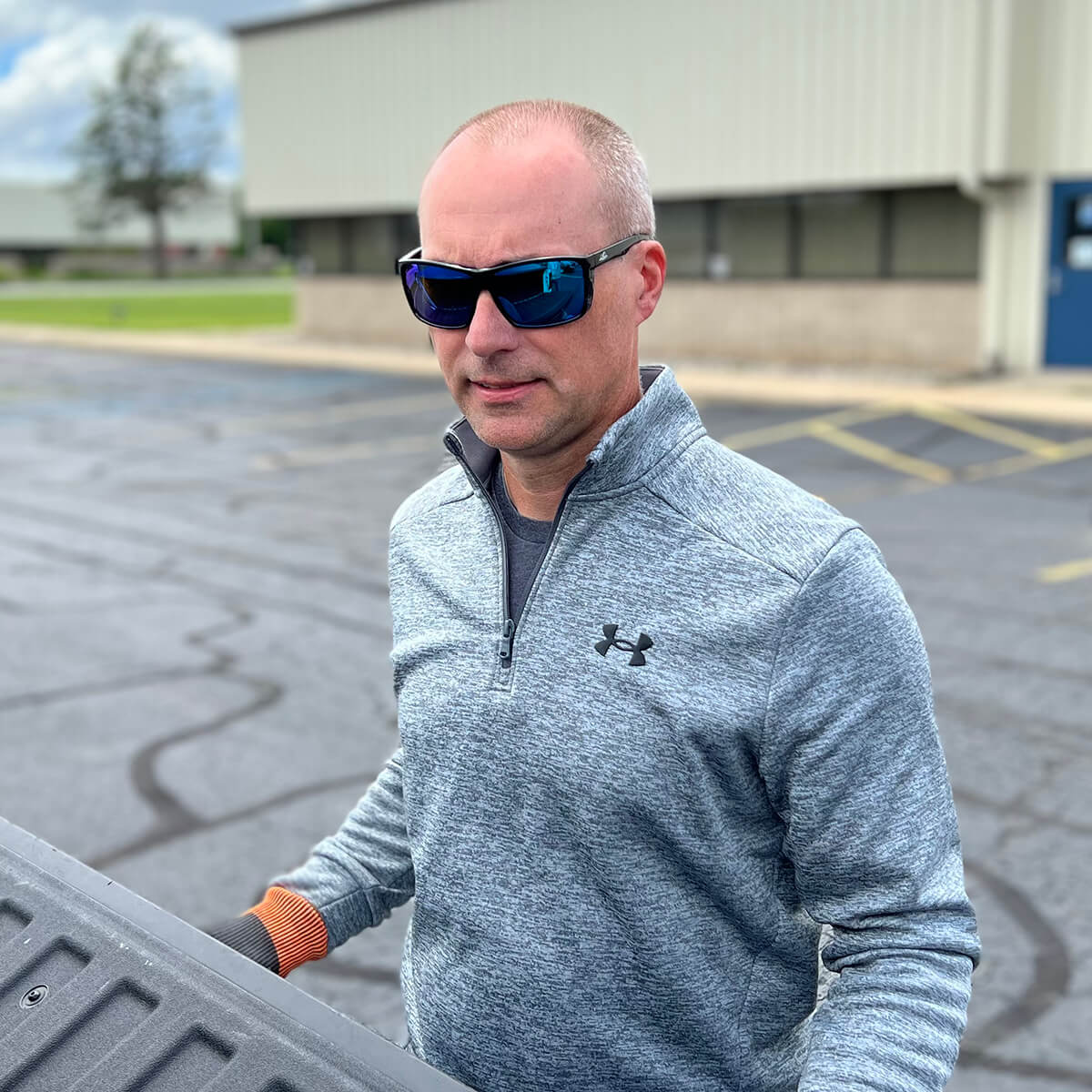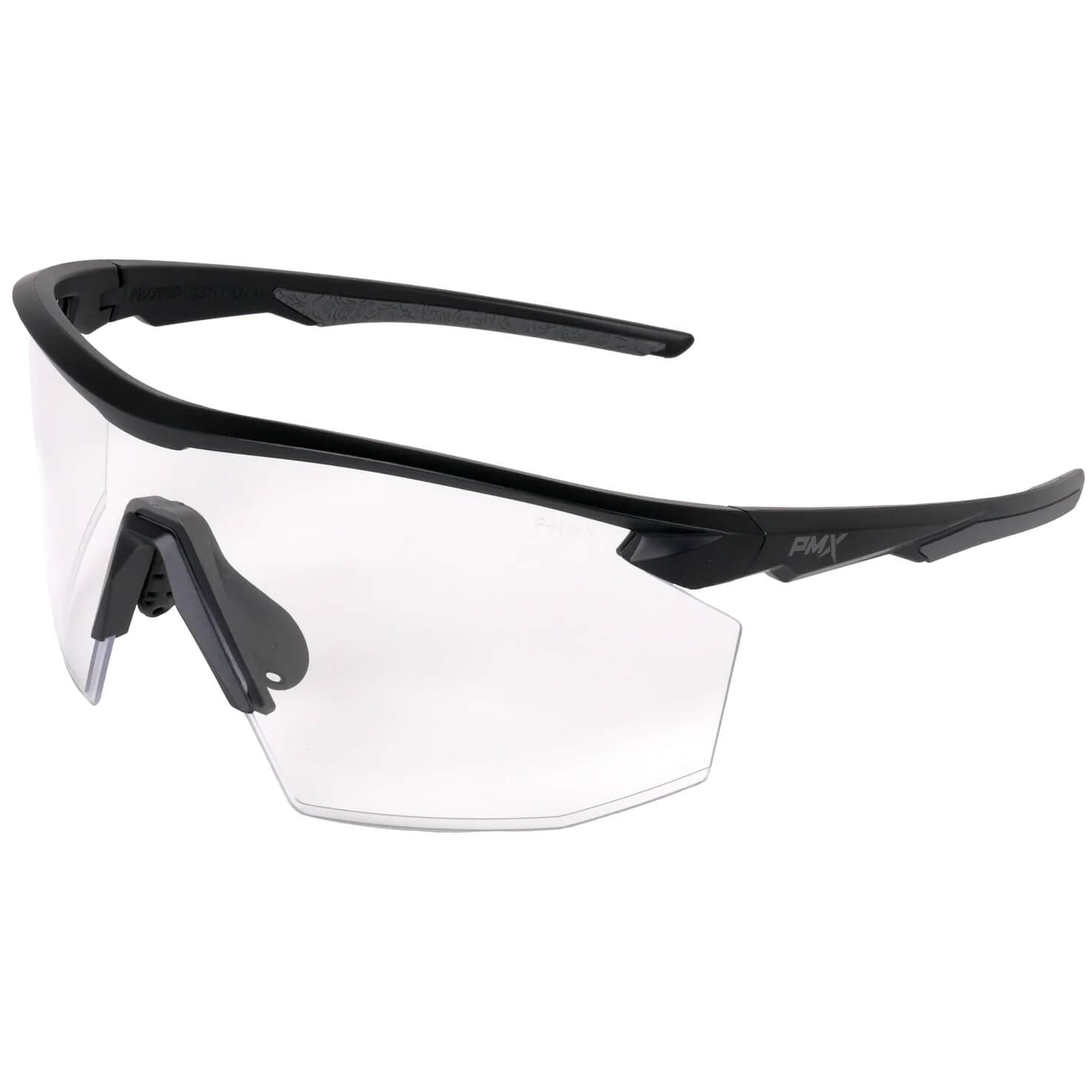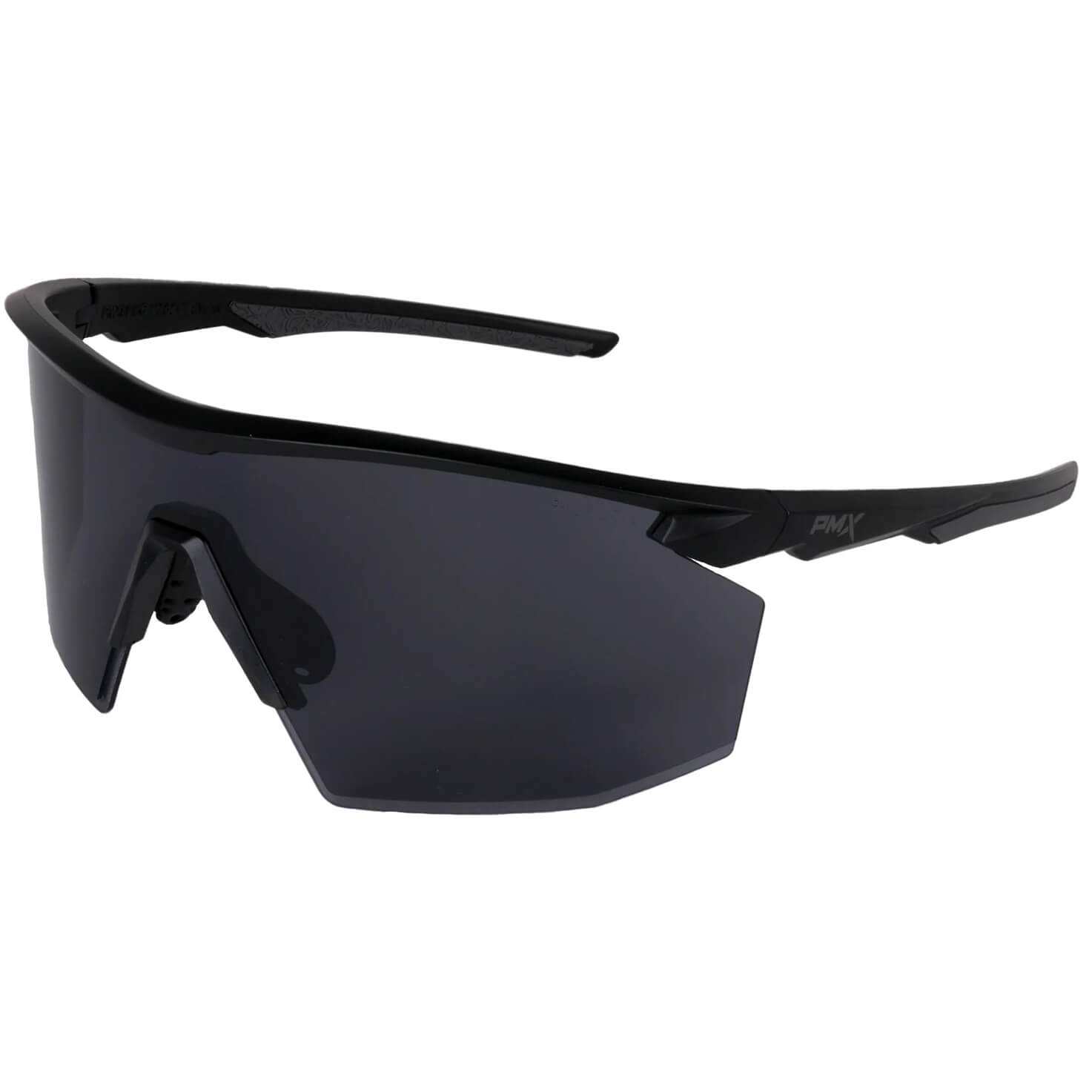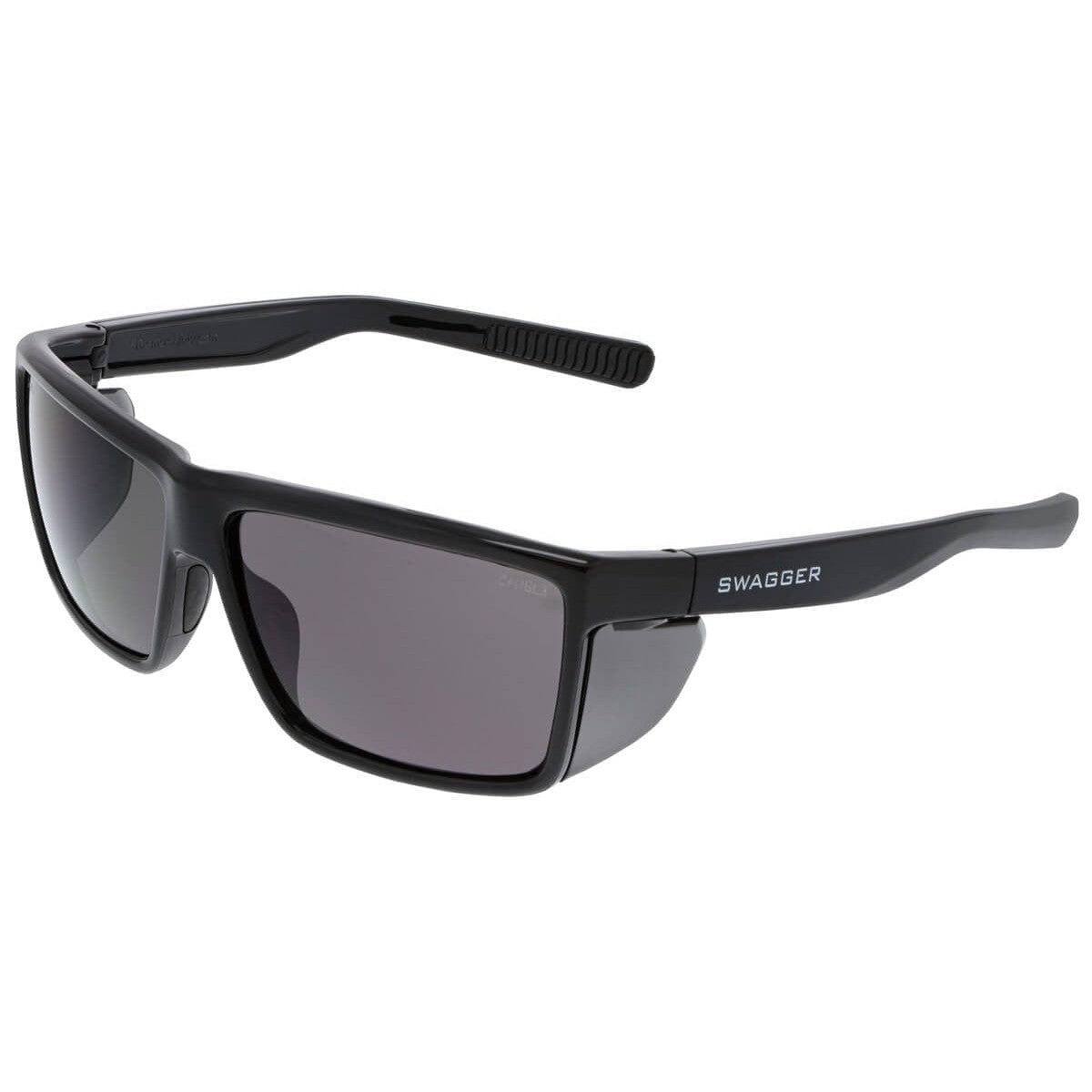Children Need Eye Protection Too
Most parents realize that proper safety equipment offers children valuable protection while playing sports. Most don’t realize, however, how prevalent injuries are during ordinary activities and playtime. This is especially true for eye injuries.
"Eye trauma in children accounts for 7% of all physical injuries and between 10 and 15% of all eye diseases in kids." (Children’s Health)
The most common eye injuries involving children include those from:
- Falls on stairs, from beds, into furniture, and onto toys
- Misuse of toys, everyday objects like eating and writing utensils, and household tools
- Contact with harmful household products like cleaners, detergents, paints, and glues
- Automobile accidents
Because of these and other common eye hazards, eye safety for children should be a top priority. Protection often means safety eyewear, but it also sometimes means managing the environment and using common sense. This involves considering eye safety for children while they are indoors or outdoors, playing with toys, and even riding in a car.
Indoor Safety for Children
At home, childproofing is a necessity to protect children’s eyes. Consider the following tips for giving children the eye protection they need at home.
- Eye injuries from falls on stairs can be prevented by using baby gates at the tops and bottoms of staircases. Adequate lighting and sturdy handrails can assist children in going up and down the stairs.
- Furniture and fixtures often have sharp corners. Padding the edges of household furnishings, like tabletops and brick hearths, can prevent injury.
- Cabinet and drawer locks in kitchens and bathrooms can prevent many types of injuries to children.
- Personal items, like cosmetics and toiletries, as well as kitchen utensils and desk supplies, must be stored out of reach of small children.
- Young children must be kept away from all chemicals, medications, sprays, and aerosols. Only the most secure area in your home should store these items.
If you want older children to help with a home improvement or repair project, outfit them appropriately with child-sized safety glasses or safety goggles. Be sure to wear safety glasses or safety goggles yourself to set a good example.
Toy Safety for Children
Toys should stimulate children’s imaginations. They shouldn’t be unsafe in any way. Use the following tips for making sure toys are safe for children.
- Always read the instructions and warnings on every new toy.
- Avoid toys with sharp or rigid points, shafts, spikes, rods, or dangerous edges.
- Keep toys intended for older children away from younger children.
Most children won’t need safety eyewear during playtime, but it should be considered around fireworks and for older children learning to safely use BB guns.
Outdoor Safety for Children
UV Protection
All parents want their kids to spend time playing and exploring outside. However, children are particularly susceptible to the sun's damaging rays since their eyes' lenses are more transparent than those of adults. As a result, more UV radiation reaches the light-sensitive layer at the back of the eye.
In the long term, if your eyes are exposed to too much sunlight, it can lead to cataracts and other eye diseases. It can even lead to cancer.
The best protection against the sun's damaging rays is the consistent use of proper child-sized sunglasses. For optimum protection, use the following tips when selecting your children's sunglasses:
- Be sure they block 100% of both UVA and UVB radiation.
- Ensure the lenses are free of distortion and imperfection.
- Choose gray, green, or brown lenses.
Remember that the effects of UV radiation are cumulative, so it's important to develop good protection habits early in your child's life.
Sports
One of the main outdoor childhood activities is sports. Sports with the highest risk for eye injury include baseball, softball, basketball, fencing, hockey, mountain biking, paintball, and racquetball.
"Eye injuries are a leading cause of blindness in children in the United States — and most of these injuries happen while kids are playing sports. The good news is that wearing the right protective eyewear can prevent 9 out of 10 sports-related eye injuries." (Sports and Eye Safety: Tips for Parents and Teachers)
Parents should educate their children about eye protection and enforce the use of protective sports eyewear. Setting a good example yourself is also highly recommended.
Car Safety for Children
Correct installation and consistent use of infant and child safety seats, booster seats, and safety belts are the best ways to keep children safe in a car. Additionally, only allow children 12 years and younger to ride in the back seat. Storing loose items in the trunk or securing them on the floor is also important since any loose objects become very dangerous in a crash or even when stopping quickly to avoid one. These general, common sense tactics will help protect children’s eyes while riding in the car while at the same time potentially protecting them from serious injury should an accident occur.
Think Long Term
The best approach to eye safety for children is a long term one. This involves assessing your children’s eye safety needs as they age and taking them for yearly eye exams. A comprehensive eye exam, along with the above precautions, can help preserve children’s eye health for the long term. Not only that, but it teaches them to prioritize their eye safety and gives them valuable lifelong habits.

